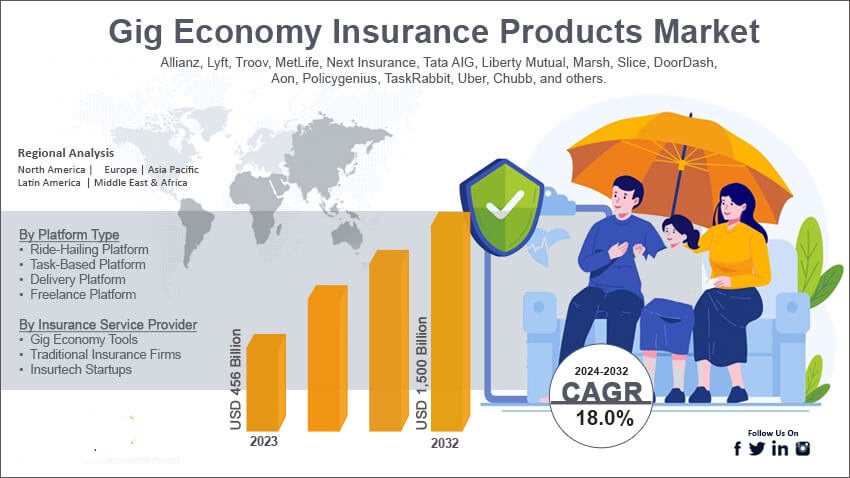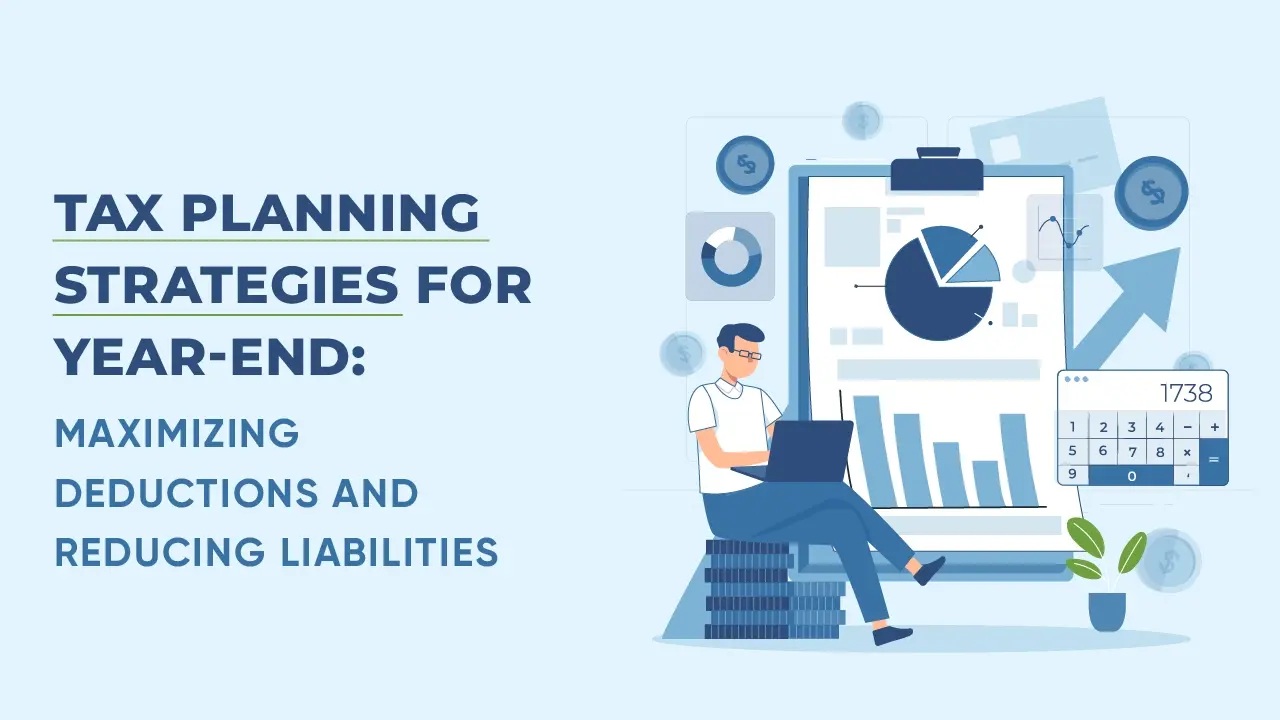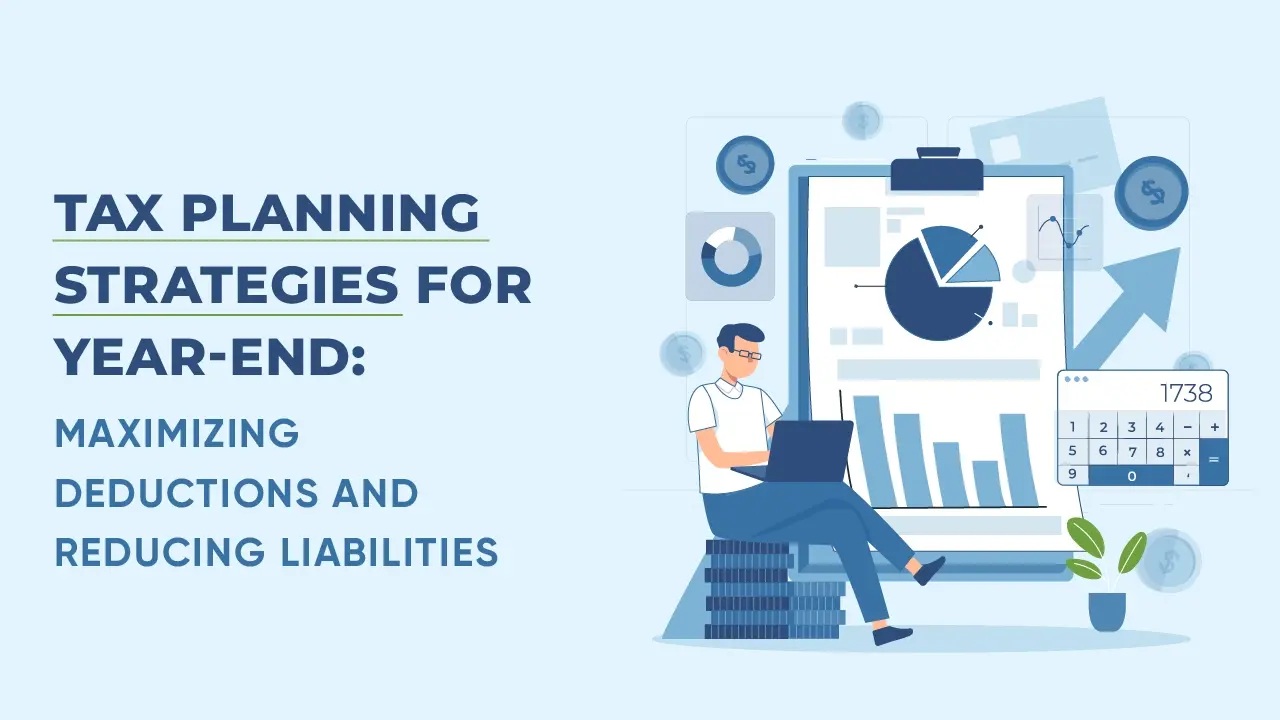Imagine buying insurance like you call a ride or stream a movie—on the spot, no waiting, and perfectly tailored to your needs. That’s not science fiction; it’s the reality of on-demand insurance.
In today’s fast-moving digital world, consumers crave speed, personalization, and control. Traditional insurance, with its paperwork, rigid plans, and long-term contracts, feels outdated. Enter on-demand insurance—a new model that gives you instant coverage whenever and wherever you need it.
In this article, we’ll explore the meteoric rise of on-demand insurance, how it works, its benefits, challenges, and what the future holds for this game-changing industry.
What Is On-Demand Insurance?
On-demand insurance allows users to activate and deactivate coverage in real-time through a mobile app or web interface. Instead of committing to long-term policies, customers can insure:
- A single trip
- A rented bicycle
- A drone flight
- A gig job
- A parcel delivery
- A day at the beach
All with just a few taps.
Think of it like the Netflix of insurance—use it when you need it, turn it off when you don’t.
The Key Features of On-Demand Insurance
- Instant Activation – Policies go live in seconds.
- Usage-Based Pricing – Pay only for the time or usage.
- Highly Customizable – Choose coverage for specific items or activities.
- App-Driven Interface – No brokers or phone calls required.
- Transparent Terms – Simple language and visible pricing.
The Rise in Popularity: Why Now?
There are several reasons why on-demand insurance is booming in 2025:
1. The Gig Economy
Platforms like Uber, DoorDash, and TaskRabbit created a workforce that needs flexible coverage for short jobs. Traditional policies don’t work for gig workers who jump between roles or jobs.
2. Digital Transformation
The rise of mobile apps, AI, and APIs made it possible to build user-friendly insurance platforms that operate in real-time.
3. Millennials and Gen Z Expectations
Younger generations want convenience, transparency, and control. They’re more likely to trust a slick app than an old-school insurance agent.
4. Global Mobility
People are traveling more, renting more, and owning less. They need short-term protection for spontaneous adventures and temporary lifestyles.
Industries Being Disrupted by On-Demand Insurance
Let’s look at how various sectors are being transformed:
Travel Insurance
Instead of buying coverage weeks in advance, travelers can now activate insurance at the airport or even in-flight. Apps like SafetyWing and Luna offer instant trip protection.
Mobility and Transport
Ride-sharers, cyclists, and e-scooter users can activate coverage for just the hours they’re riding. Companies like Zego and Cuvva are pioneers here.
Freelancers and Gig Workers
From delivery drivers to pet-sitters, gig workers can buy hour-based liability insurance through platforms like Verifly or Thimble.
Event and Electronics Coverage
Got a concert or renting expensive gear for a day? On-demand insurance covers these niche, temporary needs without long contracts.
Top On-Demand Insurance Platforms in 2025
| Platform | Specialty | Country |
|---|---|---|
| Zego | Gig economy auto insurance | UK |
| Cuvva | Hourly car insurance | UK |
| Trov | Electronics and travel | USA |
| Thimble | Freelancers and small business | USA |
| Tapoly | Micro-insurance for entrepreneurs | EU |
| SafetyWing | Travel and health insurance | Global |
How Does It Work? A Step-by-Step User Flow
- Download the app
- Select the item or activity you want to insure (e.g., laptop, scooter ride, event)
- Choose your coverage duration (e.g., 1 hour, 1 day, 1 week)
- Review the terms and pricing
- Tap ‘Activate’ – Instant coverage begins
- Tap ‘Stop’ when you’re done (if supported)
- Claiming is digital, too—no paperwork needed
Benefits of On-Demand Insurance
1. Flexibility
Users are not locked into long-term commitments. You control your coverage.
2. Cost-Effective
Only pay for what you need, when you need it.
3. Real-Time Control
Activate coverage on the go, in any situation.
4. Simplicity
Forget about confusing clauses. On-demand policies are easy to understand.
5. Accessibility
Great for underserved markets—gig workers, digital nomads, part-time business owners.
Challenges Facing the On-Demand Insurance Market
1. Regulatory Hurdles
Insurance is heavily regulated, and on-demand models often clash with traditional laws.
2. Risk Assessment
How do insurers calculate risk if coverage is so temporary?
3. Trust Issues
Some customers may not trust instant coverage or may feel it’s too “new.”
4. Tech Dependency
Reliance on apps and mobile data may limit access in remote or underdeveloped areas.
SEO Optimization Tips for On-Demand Insurance Platforms
To rank highly in Google search, these platforms need to focus on:
- Targeted Keywords: “instant insurance,” “hourly insurance,” “gig worker coverage”
- Mobile Optimization: Fast, responsive sites
- Content Strategy: Publish blogs like:
- “Why Freelancers Need On-Demand Insurance”
- “Top 5 On-Demand Insurance Apps in 2025”
- Backlinks: Partner with gig platforms and influencers
- Voice Search Ready: Many users now ask Alexa or Google Assistant directly
Case Studies: Real Users, Real Results
Sarah – Freelance Photographer
She uses Thimble to insure her gear during client shoots. Only pays for coverage on days she works.
Jon – Part-Time Uber Driver
Buys hour-based auto coverage through Zego for weekend driving. Saves money by not having full-time insurance.
Emily – Travel Blogger
Activates SafetyWing insurance every time she books a flight. It auto-renews monthly while she’s abroad.
The Future of On-Demand Insurance
By 2030, analysts expect 40% of insurance policies to be usage-based. We’ll likely see:
- AI-Powered Risk Models
- Integration with smart homes, cars, and devices
- Wearables triggering coverage in real-time
- Voice-activated insurance: “Hey Siri, insure my bike for 2 hours”
Is This the End of Traditional Insurance?
Not quite. Traditional insurance still dominates for home, health, and life coverage. But on-demand models are ideal for micro-moments—those unpredictable parts of life where you need just-in-time protection.
Instead of competing, expect hybrid models—long-term plans with on-demand add-ons.
How Consumers Can Get Started
- Identify your short-term insurance needs: travel, gigs, tech, etc.
- Research top on-demand providers
- Compare costs and user reviews
- Test the app with a low-risk activity
- Evaluate ease of use and claim process
How Insurers Can Adapt
- Invest in app development
- Create flexible products for younger users
- Form partnerships with gig platforms
- Use data to improve pricing and user experience
- Be transparent and consumer-first
Conclusion: The Insurance Revolution Is Now
On-demand insurance is no longer a buzzword—it’s a real, growing shift in how we think about protection. In a world that values speed, customization, and control, this model gives consumers the power to insure what they want, when they want, with zero hassle.
As technology evolves and consumer behaviors shift, those who adapt will lead. Whether you’re a gig worker, digital nomad, weekend warrior, or tech-savvy entrepreneur, the era of insurance on your terms has arrived.
FAQs
1. What is the main benefit of on-demand insurance?
It offers instant, flexible coverage without long-term commitments.
2. Can I cancel my on-demand insurance anytime?
Yes, most platforms allow real-time activation and cancellation.
3. Is it cheaper than traditional insurance?
For short-term or occasional needs, yes, it can be significantly cheaper.
4. Is on-demand insurance legal everywhere?
Not yet. Regulations vary, but many countries are adapting.
5. Which industries benefit most from on-demand coverage?
Gig economy, travel, mobility, freelancers, and event organizers.
Heat Safety and Hydration: Comprehensive Guide for Summer 2025



























